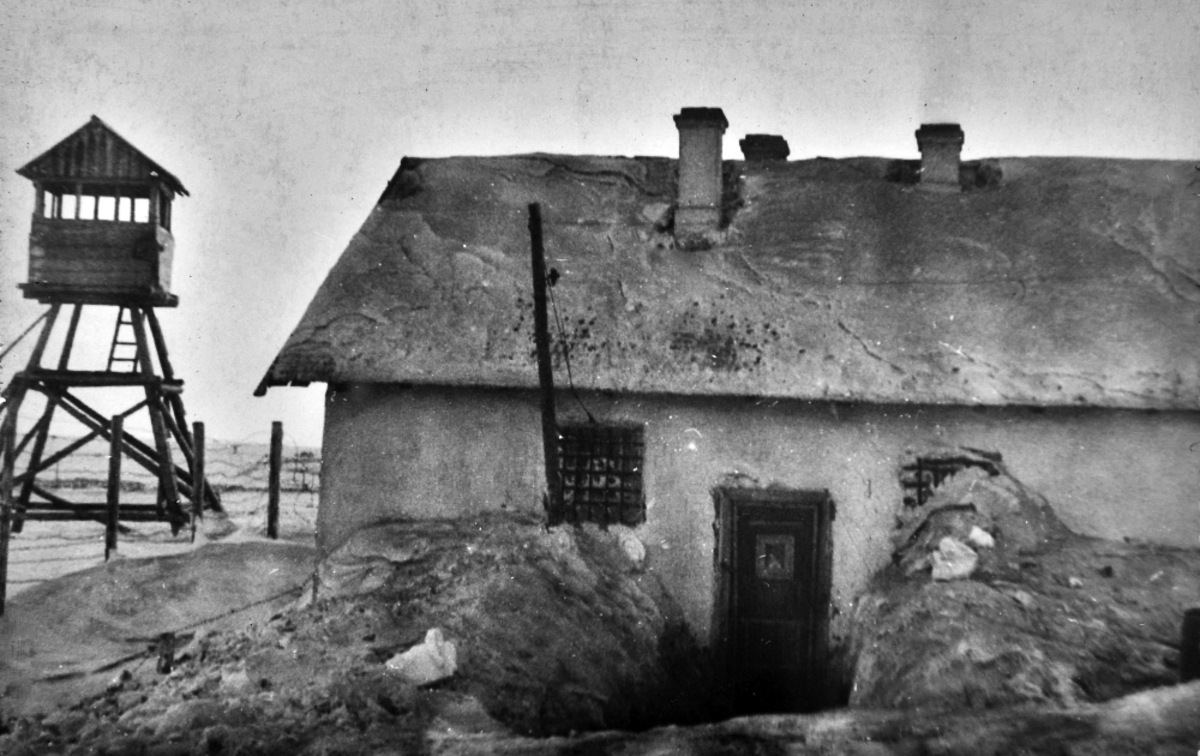
What was the Vorkuta Gulag? The Vorkuta Gulag was a notorious Soviet labor camp located in the Arctic Circle. Established in the 1930s, it became one of the largest and most brutal camps in the Gulag system. Prisoners, often political dissidents, endured extreme cold, grueling work, and harsh conditions. Life in Vorkuta was a daily struggle for survival, with many inmates succumbing to exhaustion, malnutrition, or disease. Despite the harshness, the camp played a significant role in Soviet industrial projects, particularly coal mining. Understanding Vorkuta's history offers a glimpse into the darker aspects of Soviet-era repression and the resilience of those who endured it.
Key Takeaways:
- Vorkuta Gulag, established in 1932, was a brutal Soviet labor camp where prisoners endured extreme cold, harsh conditions, and forced labor, leaving a lasting legacy of suffering and resistance.
- The Vorkuta Uprising of 1953 and the camp's closure in 1960 marked significant moments in Soviet history, reflecting the resilience of prisoners and the eventual end of the oppressive Gulag system.
The Origins of Vorkuta Gulag
Vorkuta Gulag, a notorious labor camp, played a significant role in Soviet history. Here are some intriguing facts about its origins.
- Established in 1932, Vorkuta Gulag was part of the Soviet Union's extensive network of forced labor camps known as the Gulag system.
- Located in the Komi Republic, Vorkuta is situated above the Arctic Circle, making it one of the coldest and most remote camps.
- Named after the Vorkuta River, the camp's name reflects its geographical setting in the harsh tundra.
- Initially a coal mining site, Vorkuta's primary purpose was to exploit the region's rich coal deposits using forced labor.
- Prisoners built the camp, enduring extreme conditions to construct their own place of imprisonment.
Life in Vorkuta Gulag
Life in Vorkuta Gulag was harsh and unforgiving. These facts shed light on the daily struggles faced by prisoners.
- Temperatures often dropped below -40°C, making survival a constant challenge.
- Prisoners worked 12-16 hours a day, often with inadequate clothing and food.
- Rations were minimal, consisting mainly of bread, watery soup, and occasionally fish or meat.
- Disease was rampant, with tuberculosis and scurvy being common due to poor living conditions.
- Escape attempts were rare, as the surrounding tundra and harsh climate made survival nearly impossible.
The Prisoners of Vorkuta Gulag
The camp housed a diverse group of prisoners, each with their own story. Here are some facts about those who were imprisoned.
- Political prisoners were common, including intellectuals, dissidents, and those accused of anti-Soviet activities.
- Criminals were also sent to Vorkuta, often mixed with political prisoners, leading to tensions.
- Women and children were not spared, with entire families sometimes being sent to the camp.
- Ethnic minorities suffered disproportionately, including Poles, Ukrainians, and Baltic nationals.
- Prisoners came from all over the Soviet Union, reflecting the widespread nature of Stalin's purges.
The Role of Vorkuta Gulag in Soviet Industry
Vorkuta Gulag played a crucial role in the Soviet economy. These facts highlight its industrial significance.
- Coal production was the main focus, with the camp contributing significantly to the Soviet coal industry.
- Prisoners mined millions of tons of coal, despite the dangerous and grueling conditions.
- Vorkuta became a major coal supplier, essential for Soviet industrialization efforts.
- Infrastructure projects were also undertaken, including railways and roads built by prisoners.
- The camp's output was vital during World War II, providing resources for the Soviet war effort.
The Vorkuta Uprising
One of the most significant events in the camp's history was the Vorkuta Uprising. Here are some key facts about this rebellion.
- The uprising occurred in 1953, following the death of Joseph Stalin.
- Prisoners demanded better conditions, including more food, less work, and fair treatment.
- The revolt lasted for several weeks, with prisoners refusing to work and staging protests.
- Soviet authorities responded with force, sending in troops to suppress the uprising.
- Dozens of prisoners were killed, and many more were injured or punished.
The Legacy of Vorkuta Gulag
The impact of Vorkuta Gulag continues to be felt today. These facts explore its lasting legacy.
- Vorkuta remains a city, with many former prisoners and their descendants still living there.
- Memorials have been erected, honoring those who suffered and died in the camp.
- Historians study Vorkuta, using it as a case study of Soviet repression and forced labor.
- Survivors' stories are documented, providing personal insights into life in the Gulag.
- Vorkuta symbolizes the brutality of the Soviet regime, reminding the world of the human cost of totalitarianism.
The Closure of Vorkuta Gulag
The end of Vorkuta Gulag marked a significant moment in Soviet history. Here are some facts about its closure.
- The camp officially closed in 1960, as part of Khrushchev's de-Stalinization efforts.
- Many prisoners were released, though some remained in other camps or faced continued persecution.
- Vorkuta transitioned to a civilian town, with former prisoners often staying due to lack of resources to leave.
- The coal industry continued, with many former prisoners working in the mines as free laborers.
- The legacy of the Gulag system persisted, influencing Soviet policies and society for decades.
Vorkuta Gulag in Popular Culture
Vorkuta Gulag has been depicted in various forms of media. These facts highlight its presence in popular culture.
- Books and memoirs recount experiences, such as "One Day in the Life of Ivan Denisovich" by Aleksandr Solzhenitsyn.
- Films and documentaries explore the camp, bringing its history to a wider audience.
Reflecting on Vorkuta Gulag
Vorkuta Gulag stands as a stark reminder of the harsh realities faced by prisoners during the Soviet era. Its history is filled with stories of hardship, resilience, and survival. The camp, located in the Arctic Circle, subjected inmates to extreme cold, grueling labor, and severe punishment. Despite these conditions, many prisoners found ways to resist and maintain their humanity.
Understanding Vorkuta Gulag helps us appreciate the strength and endurance of those who lived through it. It also serves as a cautionary tale about the dangers of unchecked power and the importance of human rights. By remembering these facts, we honor the memory of those who suffered and ensure that such atrocities are not forgotten.
Learning about Vorkuta Gulag isn't just about the past; it's a lesson for the future. Let's keep these stories alive and continue to advocate for justice and freedom.
Frequently Asked Questions
Was this page helpful?
Our commitment to delivering trustworthy and engaging content is at the heart of what we do. Each fact on our site is contributed by real users like you, bringing a wealth of diverse insights and information. To ensure the highest standards of accuracy and reliability, our dedicated editors meticulously review each submission. This process guarantees that the facts we share are not only fascinating but also credible. Trust in our commitment to quality and authenticity as you explore and learn with us.


